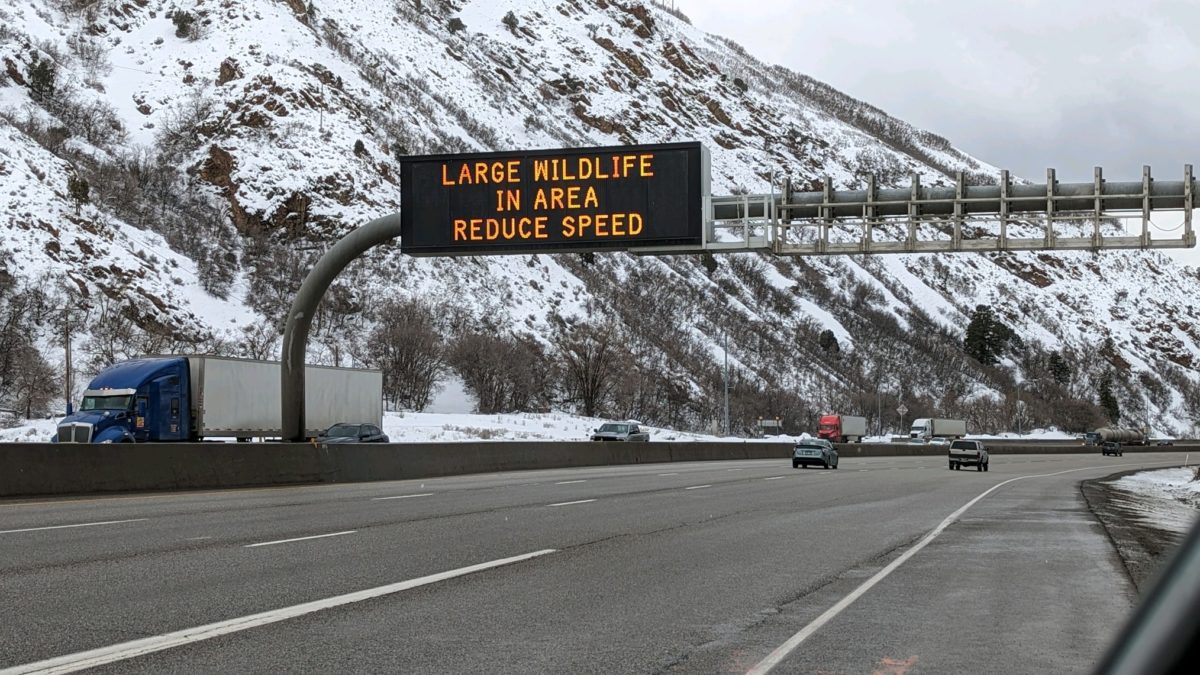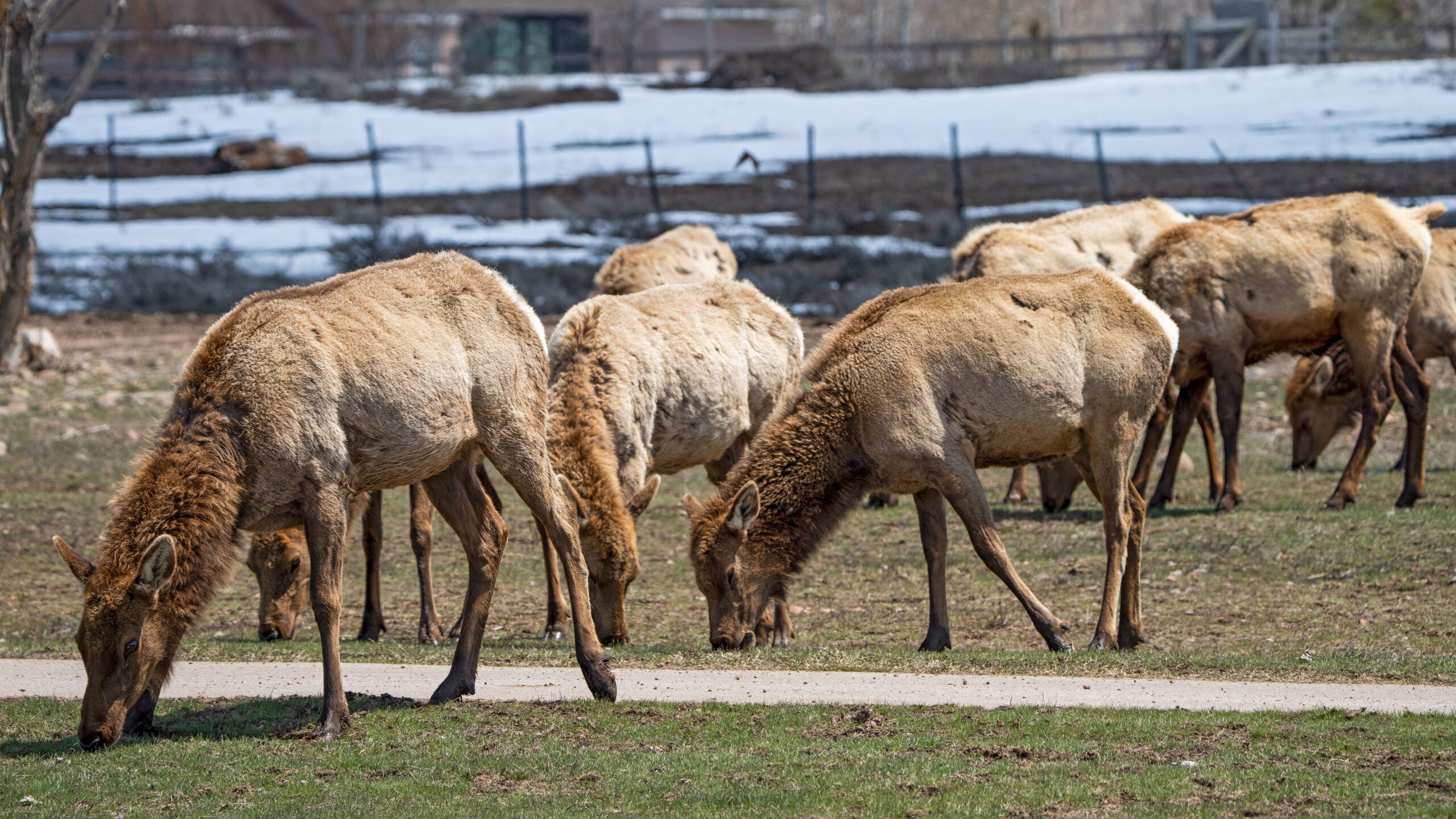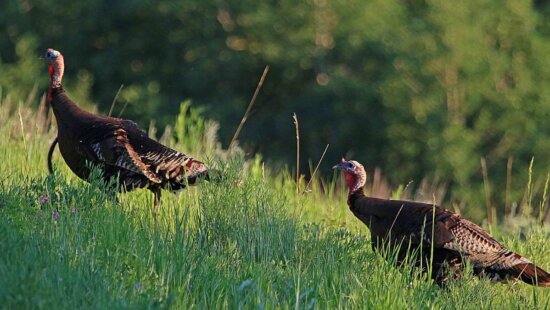Wildlife
Swaner’s Room to Roam seminar talks wildlife movement and road ecology

Migrating Elk along Parley's Canyon prompted warnings to drivers to slow down and be on the lookout for wildlife. Photo: Courtesy of Utah Division of Wildlife Resources.
PARK CITY, Utah — In many areas across the country, wildlife movement is an increasing concern, with vehicle and animal collisions rising. As humans push further into habitats, wildlife is forced to cross roadways to survive. With this topic top-of-mind, Swaner Preserve and Ecocenter is hosting Room to Roam: Wildlife Movement and Road Ecology on February 23 from 6:30-8 p.m. on Zoom featuring Michael Dax, Wester Program Director for Wildlands Network, Nicole Nielson from the Utah Division of Wildlife Resources, Wildlife Impact Analysis Coordinator, and Blair Stringham, Wildlife Migration Initiative Program Coordinator.
As the future SR 224 construction project continues through the various stages of redevelopment, the project could be a source for a wildlife corridor being built. While the area of most common wildlife crossings might be out of the purview of the project, with the Cutter Lane and Canyons area being the center of the hotspot, linking the Swaner Preserve to the west side of SR 224 could be a valuable addition to the project and serve as a starting point for future projects in the area.
“With the upcoming Highway-224 redesign, I am hopeful that wildlife movement will be taken into consideration, especially since some form of the large proposed project will happen. I’m also hopeful that federal funds like those in the infrastructure bill and other federal bills can ease some of these holdups and limitations to work through priorities,” said Rhea Cone, Conservation Coordinator at the Swaner Preserve and EcoCenter.
UDOT regularly works with DWR and other agencies when building and designing these projects. Even with studies carried out by both entities, public concerns can be raised to key stakeholders that lead to action being taken. One way is to convey those concerns or desires during comment periods on projects or directly to politicians, who can then direct funding. Another is helping by using the Utah Roadkill Reporter app to help agencies and governments understand problem areas.
Even with many problem areas remaining, there have been many success stories that have had significant impacts. One such area is the overpass near Summit Park. Another good example is the construction of several corridors varying in their purpose along Snoqualmie Pass in Washington State. In that project, state agencies, university professors and students, and others came together to create several corridors helping everything from elk to salamanders.
To find out more information about the upcoming panel and register for the event, see the Swaner Preserve and EcoCenter registration page.




















